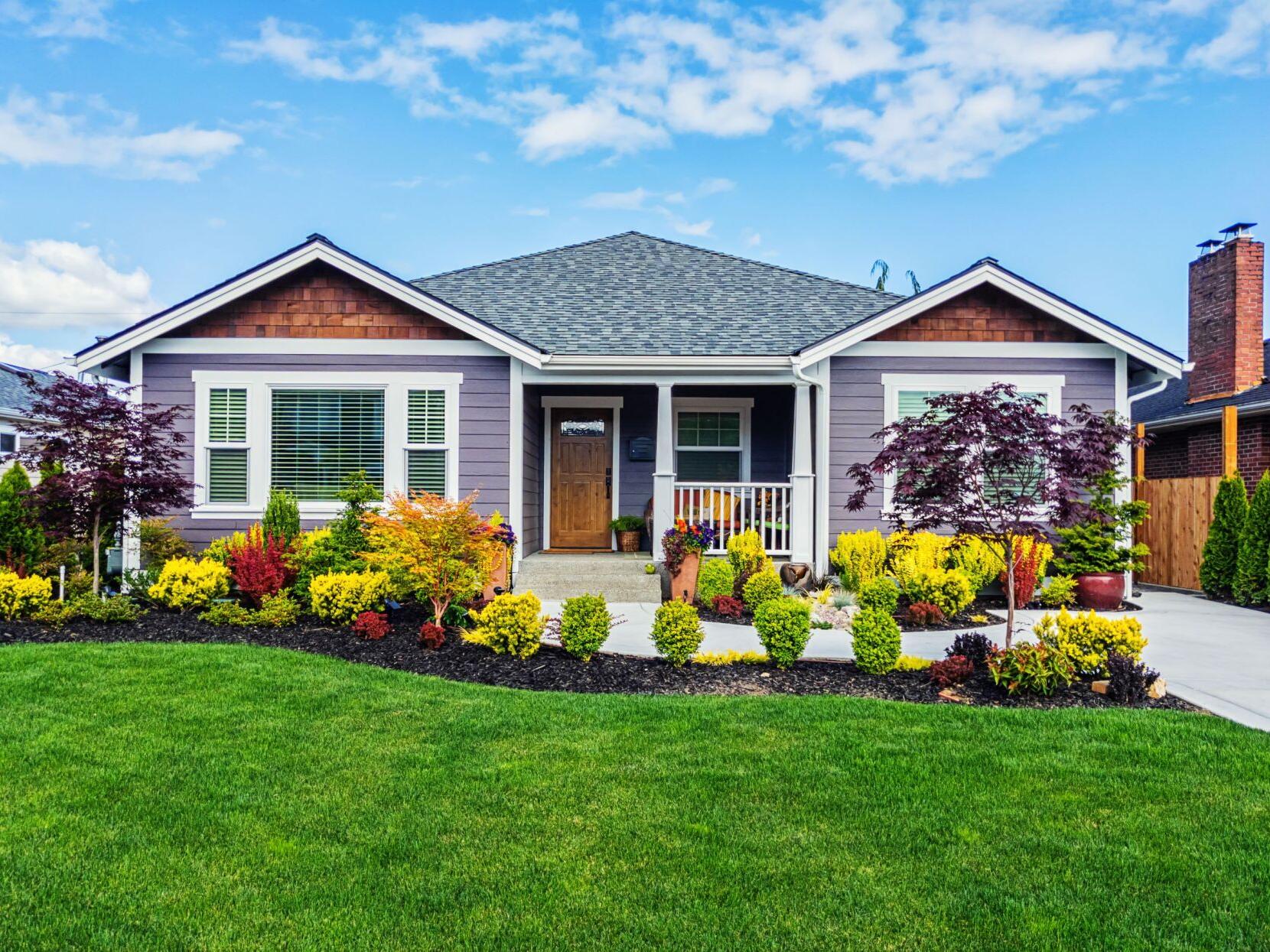
When it comes to creating a welcoming and visually stunning home, house curb appeal and landscaping play a crucial role. The exterior appearance of your house and the design of your landscape not only leave a lasting impression on visitors but also provide a source of pride for homeowners. In this comprehensive guide, we will explore the importance of curb appeal and landscaping and discover practical tips to elevate the aesthetics of your house and transform your outdoor spaces into breathtaking havens.
1. Understanding Curb Appeal
Curb appeal refers to the visual attractiveness of a house from the street. It encompasses the overall exterior appearance, architectural details, colors, materials, and landscaping elements that contribute to the house’s visual appeal. A house with strong curb appeal not only stands out in the neighborhood but also creates a positive first impression, potentially increasing its value and desirability.
2. Enhancing Curb Appeal
To enhance the curb appeal of your house, consider the following tips:
- Exterior Painting: A fresh coat of paint can do wonders for the exterior of your house. Choose colors that complement the architectural style and surroundings. Bold accents or a pop of color on the front door can add a touch of personality.
- Impeccable Maintenance: Regular maintenance is crucial for preserving the curb appeal of your house. Ensure that the exterior surfaces are clean, well-maintained, and free of cracks or peeling paint. Trim overgrown plants, clean windows, and repair any damaged fixtures or elements.
- Welcoming Entryway: Create an inviting entryway by updating the front door, porch, and steps. Consider adding decorative elements like potted plants, outdoor lighting, and a welcoming doormat. These details instantly make guests feel welcome and create a positive first impression.
- Garage Enhancement: If your house has a prominent garage, consider enhancing its appearance. Paint the garage door to match the house, add decorative hardware, and incorporate landscaping elements to soften its visual impact.
- Lighting: Outdoor lighting not only enhances safety but also adds a touch of elegance to your house at night. Install well-placed lighting fixtures to highlight architectural features, walkways, and landscaping elements, creating an enchanting ambiance.
3. Landscaping for Visual Impact
Landscaping is an art form that can transform your outdoor spaces into captivating and harmonious environments. Here are some key considerations for creating stunning landscapes:
- Planning and Design: Start by developing a landscape plan that takes into account your preferences, the house’s architectural style, and the surrounding environment. Consider factors such as sunlight exposure, soil conditions, and local climate to select suitable plants and design features.
- Plant Selection: Choose a diverse range of plants that thrive in your region and provide year-round interest. Incorporate a mix of trees, shrubs, flowers, and groundcovers to add texture, color, and dimension to your landscape. Consider incorporating native plants to support local ecosystems.
- Hardscaping Elements: Integrate hardscaping elements such as pathways, patios, and retaining walls to create structure and functionality in your landscape. Use materials that complement the architectural style of your house and blend harmoniously with the surrounding environment.
- Water Features: Consider incorporating water features such as fountains, ponds, or waterfalls to add a sense of tranquility and visual interest to your landscape. The soothing sound of water can create a peaceful ambiance and attract wildlife to your outdoor space.
- Outdoor Living Spaces: Create outdoor living areas where you can relax, entertain, and enjoy your landscape. Incorporate seating areas, outdoor kitchens, or fire pits to extend your living space into the outdoors.
- Seasonal Interest: Ensure that your landscape offers visual interest throughout the year. Select plants that provide blooms, vibrant foliage, or interesting textures during different seasons. Incorporate evergreen plants to maintain greenery during the winter months.
4. Sustainability in Landscaping
Incorporating sustainable practices in your landscape design not only benefits the environment but also adds value to your house. Consider the following eco-friendly landscaping practices:
- Water Conservation: Install an efficient irrigation system that minimizes water waste. Incorporate drip irrigation, rain sensors, and smart controllers to ensure plants receive the right amount of water based on their needs and weather conditions.
- Native Plants: Utilize native plants in your landscape design, as they are adapted to the local climate and require less water and maintenance. Native plants also provide habitat for local wildlife and contribute to biodiversity.
- Mulching: Apply a layer of organic mulch around plants to retain moisture, suppress weeds, and improve soil health. Mulch also enhances the aesthetic appeal of your landscape.
- Composting: Start a composting system to recycle organic waste from your garden and kitchen. Compost adds valuable nutrients to the soil, reduces the need for synthetic fertilizers, and promotes healthy plant growth.
- Rainwater Harvesting: Install rain barrels or cisterns to collect rainwater from gutters and downspouts. Use this stored water for irrigation, reducing the demand for freshwater sources.
Conclusion
Elevating the curb appeal of your house and creating stunning landscapes not only enhances the visual aesthetics but also adds value and pride to your home. By focusing on exterior details, incorporating beautiful landscaping elements, and embracing sustainable practices, you can create a captivating and harmonious outdoor environment. Whether you’re aiming to impress guests, increase property value, or simply find joy in your surroundings, investing in house curb appeal and landscaping is a rewarding endeavor. So, let your creativity flourish, and transform your house into a true haven that leaves a lasting impression.
